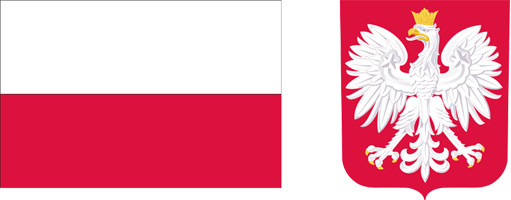Current issue
Archive
About the Journal
Aims and Scope
Editorial Board/Editorial Team
List of reviewers
Publishing process
Publishing Ethics and Malpractice Statement
Personal data protection (GDPR)
Creative Commons License
CrossRef Member / Similarity Check
For Authors
Call for papers
Guidelines for authors
Submitting a manuscript through the editorial system – step by step
For Reviewers
Peer review process
Guidelines for reviewers
Submitting a review – step by step
Contact
RESEARCH PAPER
CONSEQUENCES OF MILK QUOTA ABOLITION FOR THE POLISH AGRICULTURE WITH FOCUS ON THE REGIONAL DIFFERENTIATION
1
Uniwersytet Przyrodniczy Poznań
Acceptance date: 2010-06-21
Publication date: 2010-06-21
Zagadnienia Ekonomiki Rolnej / Problems of Agricultural Economics 2010;323(2):62-74
ABSTRACT
The objective of the research was to quantify the results of milk quota abolition for the milk producers in Poland regarding regional differentiation. The partial equilibrium model CAPRI (Common Agricultural Policy Regionalised Impact) was utilized to analyze the impact of changes in milk quota regime on agri-food sector.
Two different scenarios of the intervention on milk market were analyzed. The first one, according to EU Commission outlines, assumes the abolition of milk quota regime in 2015, while the second one its continuation. The simulation conducted in the research proves that irrespective of the scenario the milk production, efficiency and herd size at the country level would achieve similar values. However there would be significant regional discrepancies. The abolition of the milk quota regime would lead to consolidation of the existing production structures and straightening of the polarization process. The overall increase in efficiency of milk production would come together with the deepening of development differences in milk production sector between the regions. The continuation of milk quoting would lead to relatively faster increase of the production in currently worse developed regions than in the regions with higher milk production indexes values. The results prove that in Polish condition the milk quota regime leads to equalize the milk production structures at the country level.
We process personal data collected when visiting the website. The function of obtaining information about users and their behavior is carried out by voluntarily entered information in forms and saving cookies in end devices. Data, including cookies, are used to provide services, improve the user experience and to analyze the traffic in accordance with the Privacy policy. Data are also collected and processed by Google Analytics tool (more).
You can change cookies settings in your browser. Restricted use of cookies in the browser configuration may affect some functionalities of the website.
You can change cookies settings in your browser. Restricted use of cookies in the browser configuration may affect some functionalities of the website.



